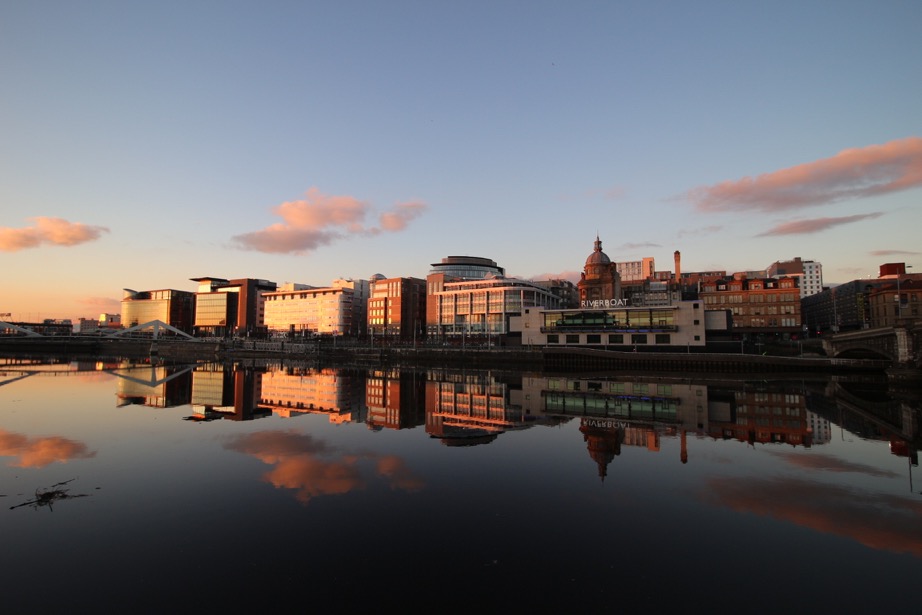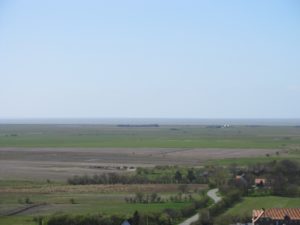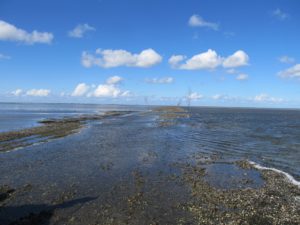Before the tsunami of Brexisms, Remoaners and post-truths of the second half of 2016, the most beguiling, as well as over/ misused ‘new’ word of recent years had to be hygge.
New, of course, only in terms of the English language, where the word has become an integral part of the 21st century invasion of all things Scandi. And, although, apparently originally imported from Norway, hygge is now is as indelibly Danish as smorrebrod and minimalist design.
But while grisly crimies and woolly jumpers transcend language barriers (with a little help from sub-titles), the unique and unpronounceable hygge has become something of an enigma: depending on your reading and shopping habits, you may well not be able to avoid it, but can anyone actually define it?

Candles, cosy nights knitting socks around a blazing fire sipping mugs of glogg take us so far, but with hygge being interpreted as everything from a state of mind to the ultimate manifestation of Danish happiness, equality and good welfare provision, is it more than a sum of its parts, or just another trendy Scandi import insulating remoaning Guardianistas from the chill wind of Brexit?
A kind invitation to spend Christmas with friends in southern Jutland seemed the ideal way to find out, not least because I would be experiencing Julehygge: hygge with bells on, in almost every respect. Furthermore, with my Danish/British hosts annually enjoying a traditional Danish celebration on the 24th, a day of rest on the 25th, before welcoming an extended family gathering for a typical British Christmas dinner on the 26th, what wouldn’t be to like?
Copenhagen’s Central Station on the Friday before Christmas resembled febrile chaos, but with an helpful additive routinely absent from its counterparts in today’s British rail terminals: visible, knowledgeable staff eager to help passengers find the right platform and aid the more confused in and out of trains. Although I have experienced some delays and disruption on Danish Railways (DSB) in the past, this journey, with spacious seating, a ‘Quiet’ compartment with no audible mobile phones, and fellow passengers willingly vacating their seats to the people who reserved them, might well qualify as train hygge.

First impressions confirmed that Denmark, like much of northern Europe, tends to make the most of its midwinter, with small-scale Christmas markets, traditionally-dressed trees and minimalist outdoor lighting evident in most towns and villages.
Again, as elsewhere on the continent, festivities centre on December 24th and provide a more simple and time-honoured contrast with what is now the norm in the UK. Celebrations begin with family attendance at church and, yet again, I was fortunate that my friends live in Ribe, Denmark’s oldest town. Generally regarded as the best-preserved medieval town in the country, and famously chronicled by, arguably its most famous son, the photographer Jacob Riis, Ribe’s centrepiece is its magnificent cathedral, the Domkirke. The first Christian church in Denmark, founded in the ninth century, the present building dates from 1150. Extensively renovated in the 19th century, it remains a striking landmark clearly visible across Jutland’s flat, and often bleak, landscape, as well as a worthy monument to the town’s importance in Viking times and the early Middle Ages.

The evening then provides the high point of Yuletide celebrations and a clear example of the continuing importance of tradition and family in Danish society. A deliciously tasty Christmas Eve dinner – slow-cooked duck, caramelised potatoes and red cabbage, followed by cold rice pudding, with the latter containing the obligatory hidden almond – was prepared by my host to a recipe handed down from previous generations of his family, before we gathered round the candlelit tree to sing a selection of favourite Christmas songs. Only then was it time to open presents and this too followed a well-established pattern, with the person receiving the most recent present then handing out the next.
Family and friends together, taking pleasure in giving and receiving small, practical gifts (most of the presents were thoughtful, understated items, such as carefully chosen clothes, and yes, did include the obligatory knitted socks and gloves!) candles, a blazing fire, slow-cooked simple food and drink; surely this has to be hygge?

Although, rather than trying to find a situation to fit a definition, I am happier with my memory of people at ease with themselves, celebrating modestly and unaffectedly in a way that seems to have changed little over generations.
Certainly, having a day of rest on the 25th was a novel and rewarding experience for me and perhaps the contrast with the commercialised excess that now increasingly defines Christmas in the UK is the best way to sum up Julehygge. I was struck, particularly, by the pride taken in continuing long-held customs and the lack of any desire to modernise or ‘improve’ the experience by importing bits and pieces from elsewhere. Indeed, while my hosts’ extended family thoroughly enjoyed their British Christmas dinner on the 26th, they appeared slightly bemused as to why we Brits seem to have been keen to absorb so many ‘foreign’ Yuletide habits, from turkey to cranberries, over the years.

However, this is not to suggest that the Danes are immune to enjoying some of the our better Christmas institutions . Pantomime is not generally a staple of their Yuletide, but in recent years, London Toast under the direction of ex-pat (or should that be British immigrant?) Vivienne McKee has successfully introduced the genre to Danish audiences. Now one of the most successful English theatre groups in Europe, its Crazy Christmas Cabarets play to sell-out audiences and I was lucky enough to catch their last Copenhagen performance of the season. Loosely based on Robin Hood and featuring Sheriff Trump of Nottingham, it was topical and edgy and, in these crazy times, very agreeable to be part of a European audience laughing with us Brits, as opposed to at us.
So, with the holiday over and Twelfth Night past, did I find the key to understanding hygge? Is it a state of mind, or merely a clever marking ploy? A model for our time, or just a trendy, foreign fad? Is it possible, or even desirable, to define? Maybe both hygge’s strength and weakness lie in its very ambiguity: all things to all people, perhaps, or even just whatever you want it to be.

And, it’s certainly not just about getting through the winter with some cosy, candle-lit nights round the fire. Even in late December many people were out and about, round the lakes, in the woods, walking, cycling, and even swimming, making the most of what little daylight there was. But what made these scenes particularly Danish were the picnic hampers and ubiquitous coffee flasks: yes, even in the depths of winter hygge was alive and kicking: friends and families getting together round the campfire in the middle of the forest, or edge of the lake, eating, drinking, chatting.
Already hijacked by the populist right in Denmark as representing true ‘Danish’ values, in clear contrast to the ideal of hygge as an expression of Danish liberalism, inclusion and equality, it could well become a word singularly appropriate for our polarised age. Fifty shades of hygge anyone?
Christmas morning, Ribe
Further Information:
Read more about southern Jutland including how to travel there by train, where to go and what to see,















